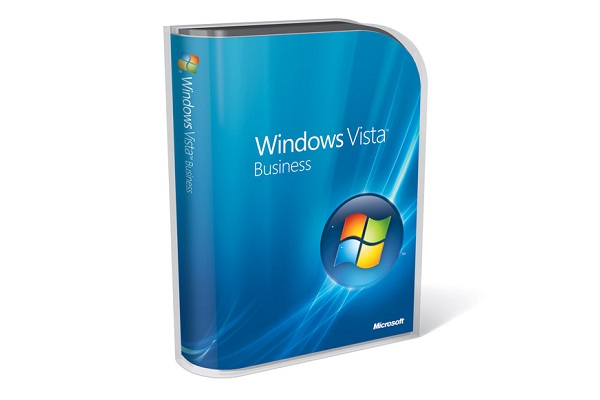Microsoft Windows Vista review
Window's XP's replacement is finally here. We delve deep into the new OS to see if it's worth upgrading?

It's by no means perfect, but the improved security, search and look-and-feel make Vista an obvious upgrade for anyone whose hardware will support it. But only if you can afford the high price.
After five years and a budget reckoned to have neared $10 billion, Windows Vista is here. It's promised to be many things along the way - some of it's made it through to the final product, some has fallen by the wayside. But the code is now locked down and we're finally left with the successor to XP.
We've been using the Vista beta code for more than two years, much of that on machines we use every day. Over the next seven pages, we reveal what's good, bad and what still has to prove itself.
The compatibility question
Despite some of the hysteria surrounding Vista's hardware requirements, if your PC runs Windows XP without problems, it's almost certain to run Vista without issue too. Even Aero's visual effects aren't particularly demanding - the integrated graphics of a modern entry-level notebook (Intel's GMA 950 or more recent) will cope. The one caveat to this is RAM - while XP may scrape by on 512MB or less, Vista benefits hugely from 1GB or more.
Other good news is that there are significantly more drivers packaged with Vista than in XP, as well as many more on Windows Update (you can check this before you install). If you own a PC from the past two years with nothing outlandish in the way of hardware, you can reasonably expect a fully populated Device Manager. Most networking hardware works immediately and we've yet to find a USB printer that won't work.
Beyond that, it's currently a mixed bag. The default Nvidia and ATi drivers have exhibited bugs, integrated Realtek sound chips and many of Creative's discrete cards are incorrectly handled, and some common RAID controllers still don't have Vista drivers. We expect another round of releases in late January, and we'd advise checking for new drivers on a weekly basis for the time being.
When it comes to software compatibility, the biggest problem comes from installers that simply don't recognise the operating system and stop. The compatibility mode (similar to that in Windows XP) sometimes helps but it isn't guaranteed - again, check with manufacturers, since many installers already have patches. Other problem areas include hardware-specific applications (such as notebook hotkey utilities), disc-burning software (including Roxio and Nero's latest versions), and those that sulk over the Aero graphics engine (such as iTunes). With some of these, Vista will switch off Aero globally, re-enabling it once the application is closed.
Sign up today and you will receive a free copy of our Future Focus 2025 report - the leading guidance on AI, cybersecurity and other IT challenges as per 700+ senior executives
The other big issue is security software, as most existing applications won't work with Vista's new security model - particularly in the x64 versions. If you feel uncomfortable without anti-virus software installed, upgrade to the latest version first.
-
 Trump's AI executive order could leave US in a 'regulatory vacuum'
Trump's AI executive order could leave US in a 'regulatory vacuum'News Citing a "patchwork of 50 different regulatory regimes" and "ideological bias", President Trump wants rules to be set at a federal level
By Emma Woollacott Published
-
 Microsoft Excel is still alive and kicking at 40 – and it's surging in popularity as 82% of finance professionals report ‘emotional attachment’ to the spreadsheet software
Microsoft Excel is still alive and kicking at 40 – and it's surging in popularity as 82% of finance professionals report ‘emotional attachment’ to the spreadsheet softwareNews A recent survey found Gen Z and Millennial finance professionals have a strong “emotional attachment” to Microsoft Excel
By Emma Woollacott Published
-
 LastPass hit with ICO fine after 2022 data breach exposed 1.6 million users – here’s how the incident unfolded
LastPass hit with ICO fine after 2022 data breach exposed 1.6 million users – here’s how the incident unfoldedNews The impact of the LastPass breach was felt by customers as late as December 2024
By Emma Woollacott Published